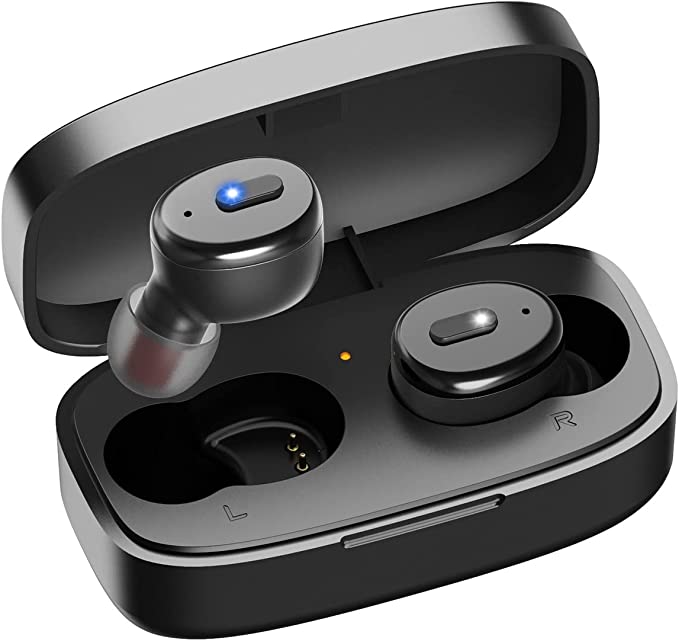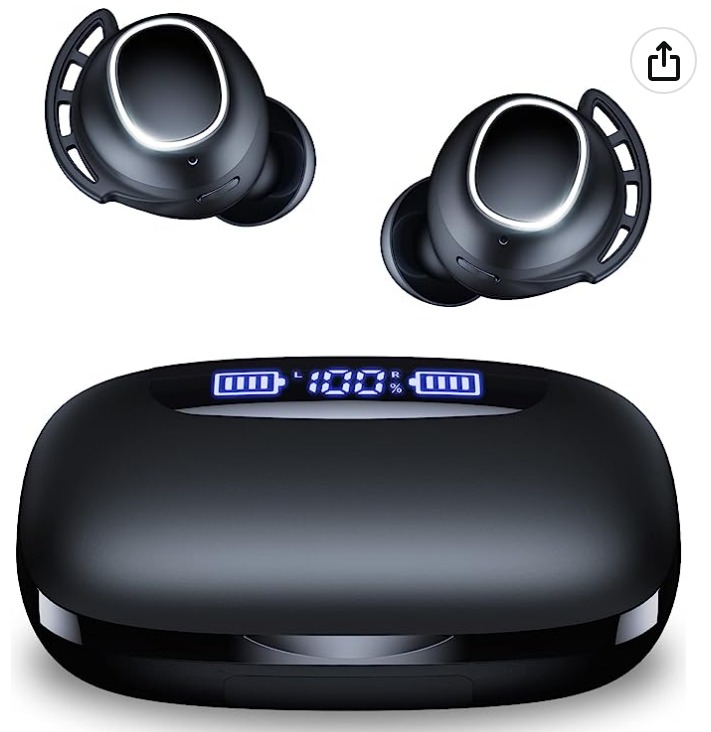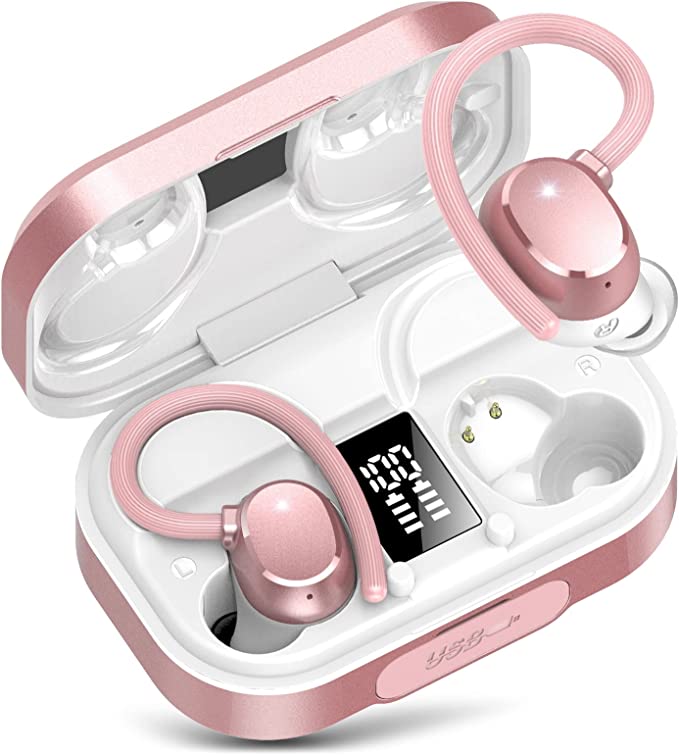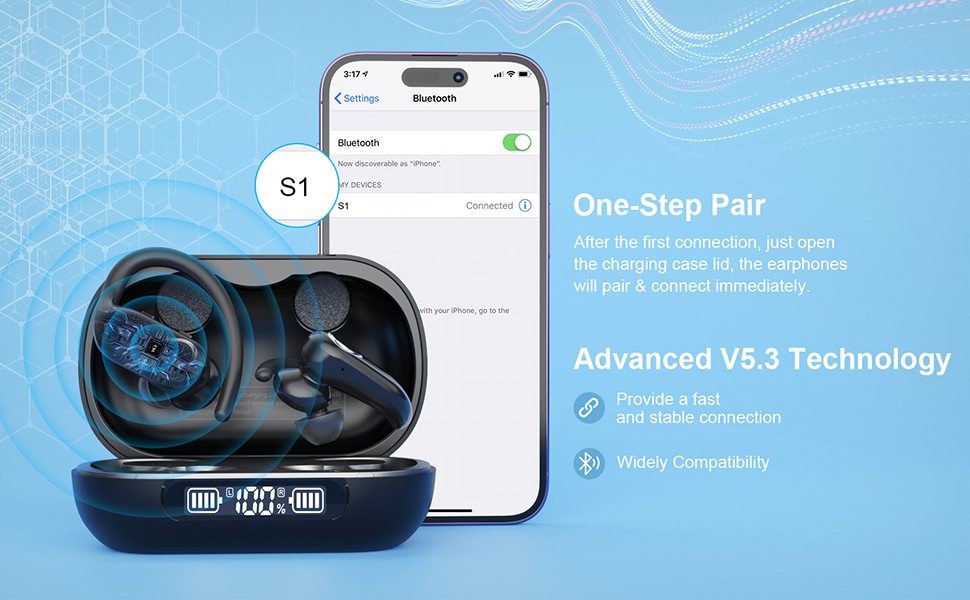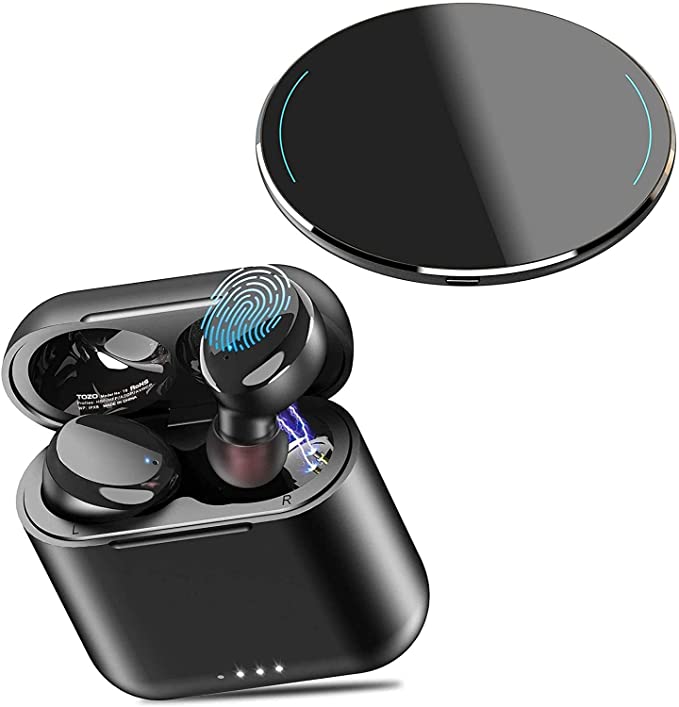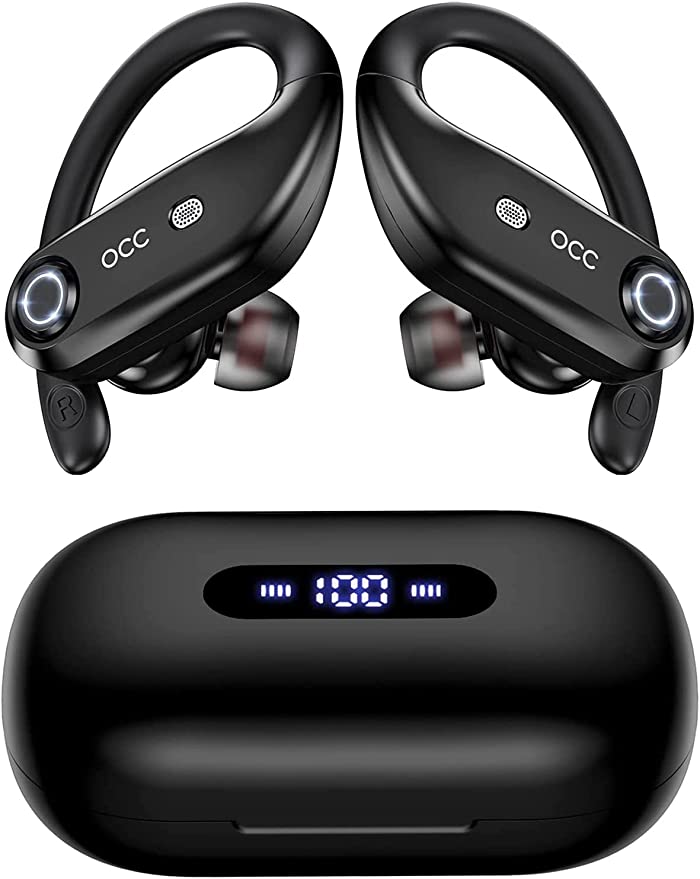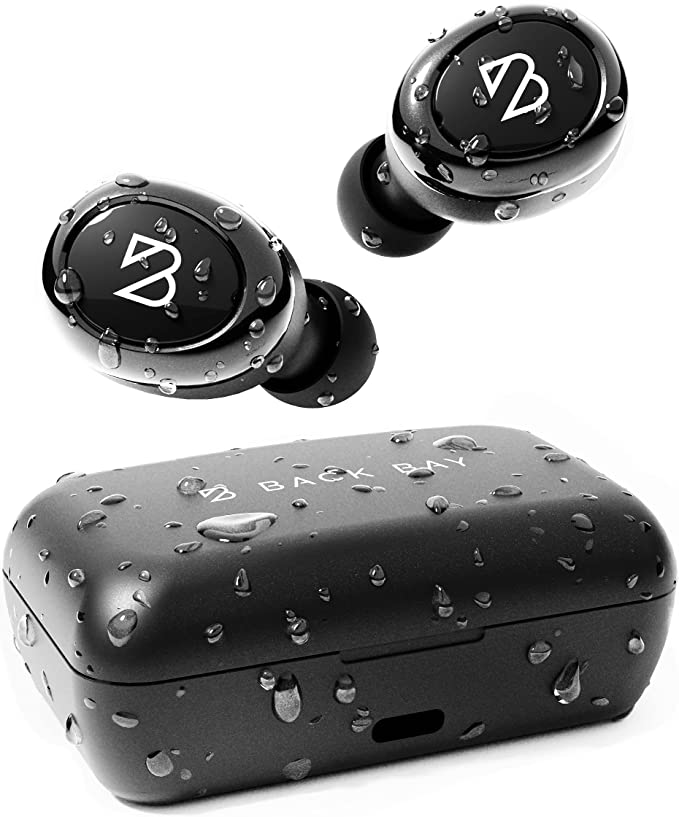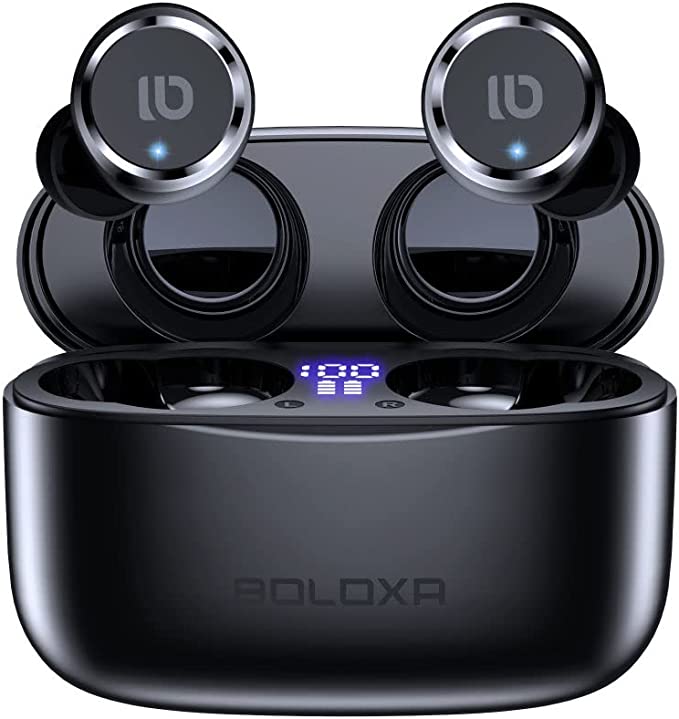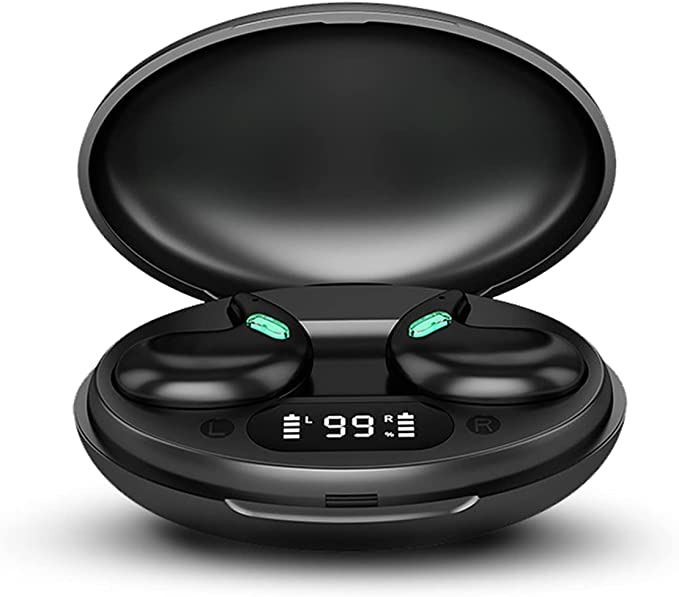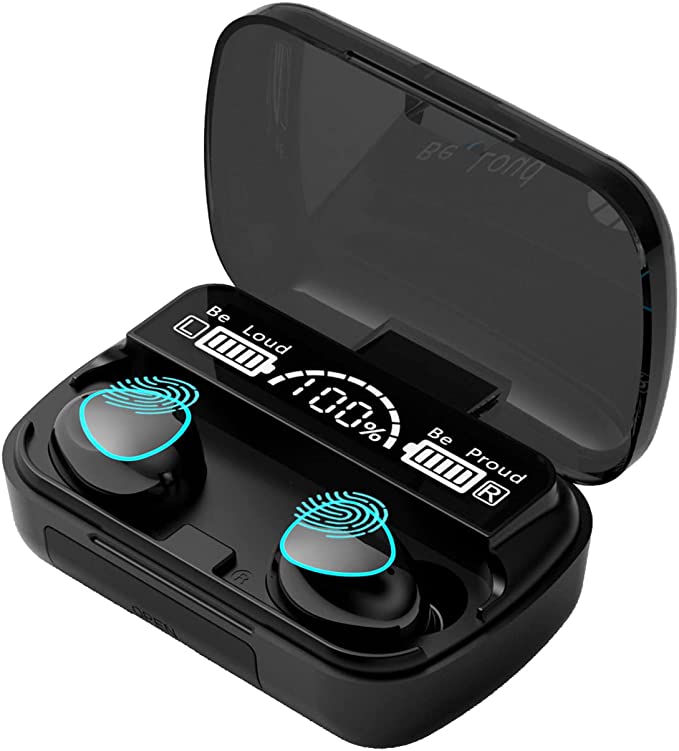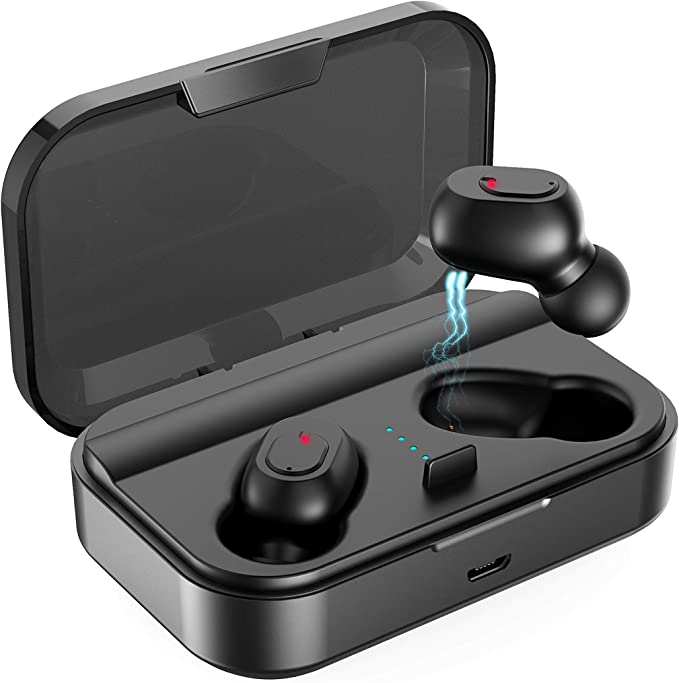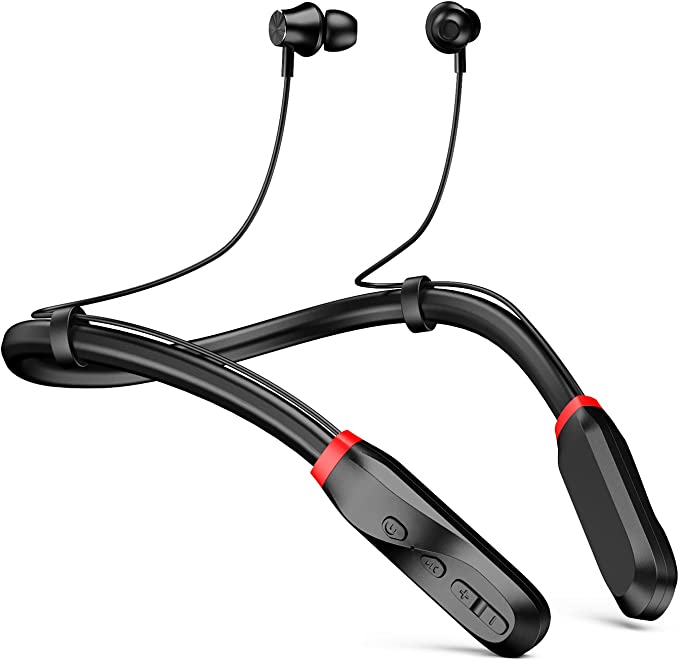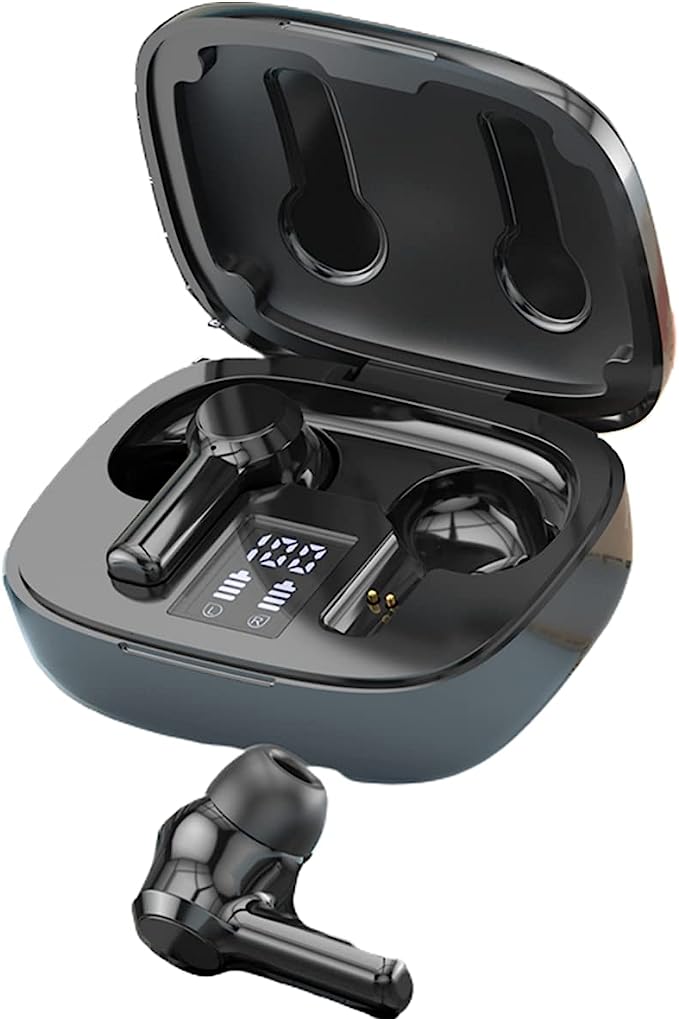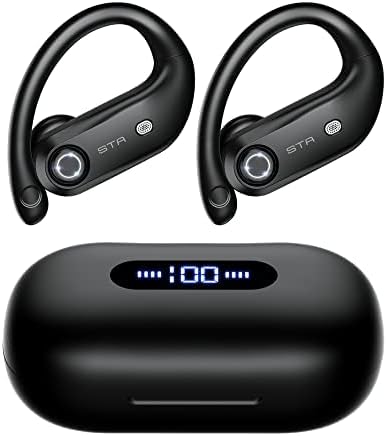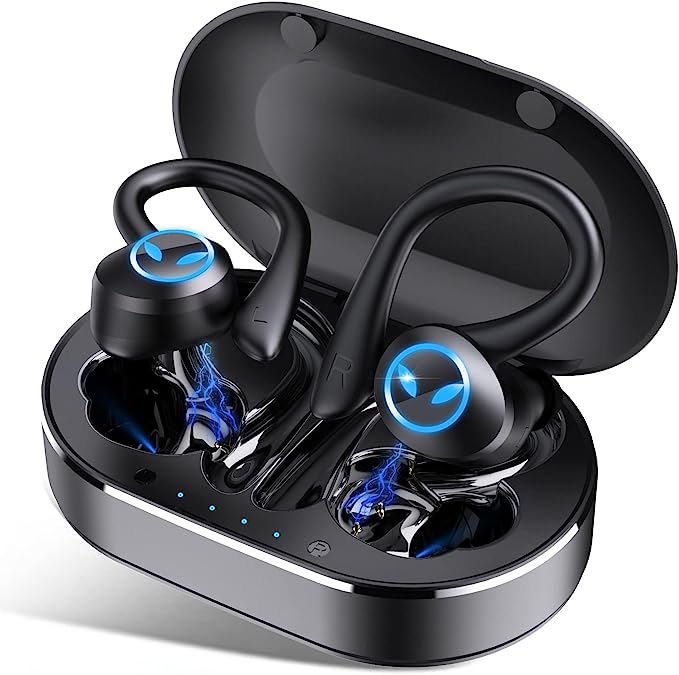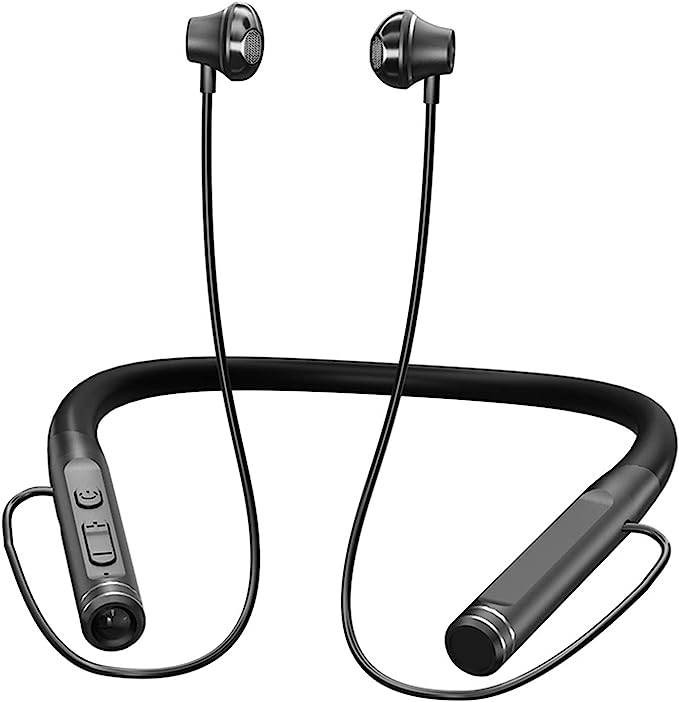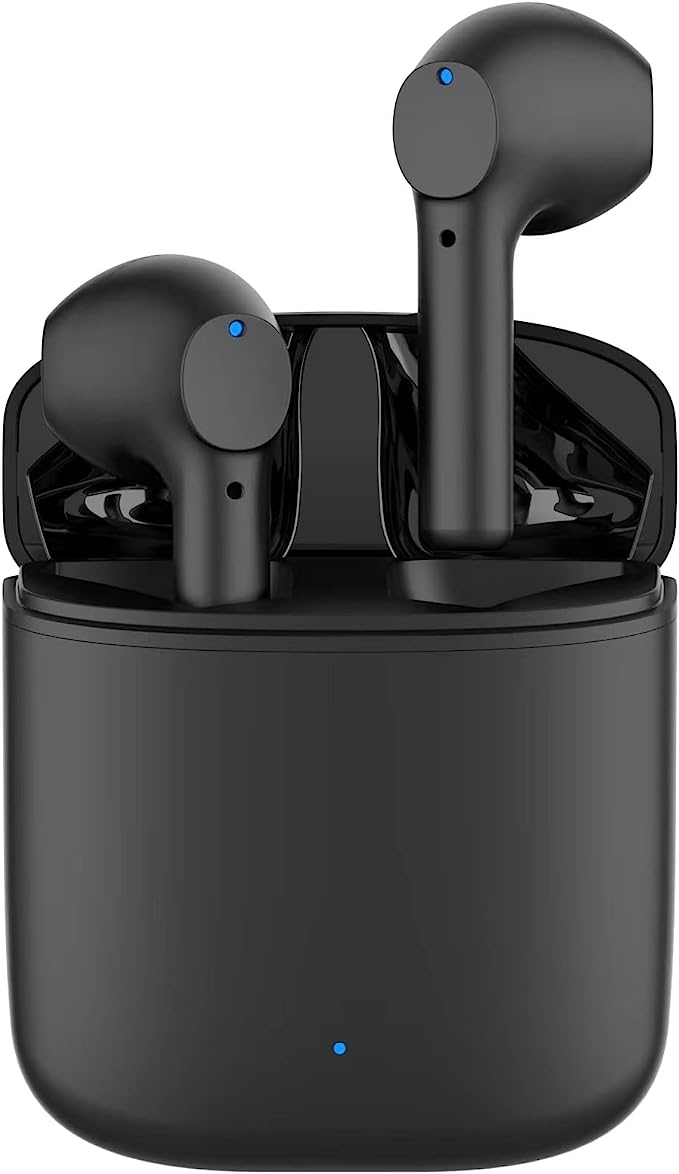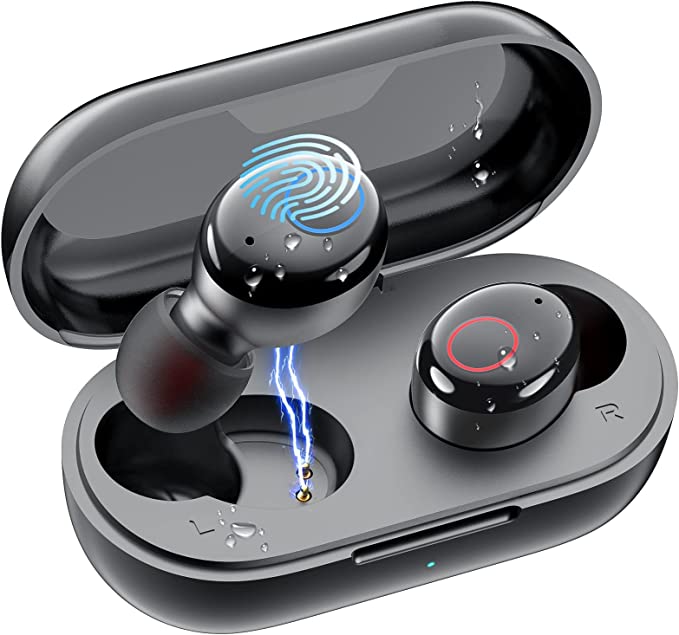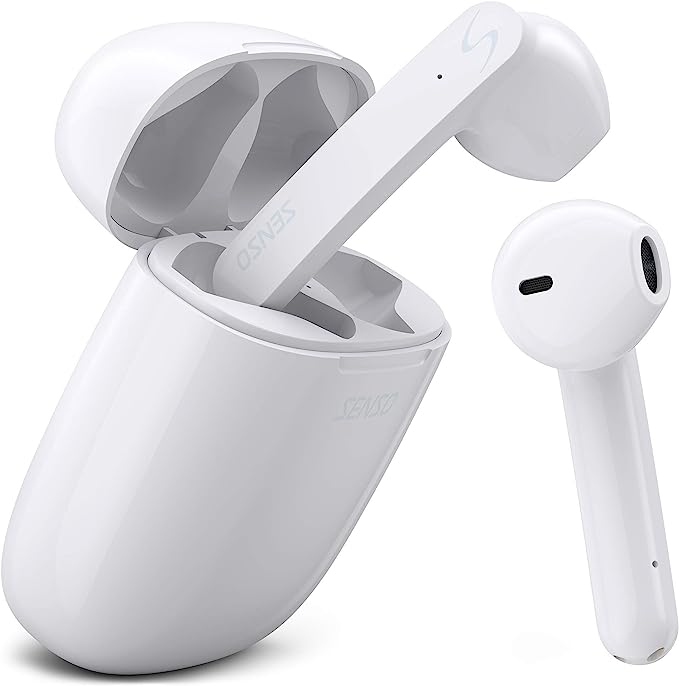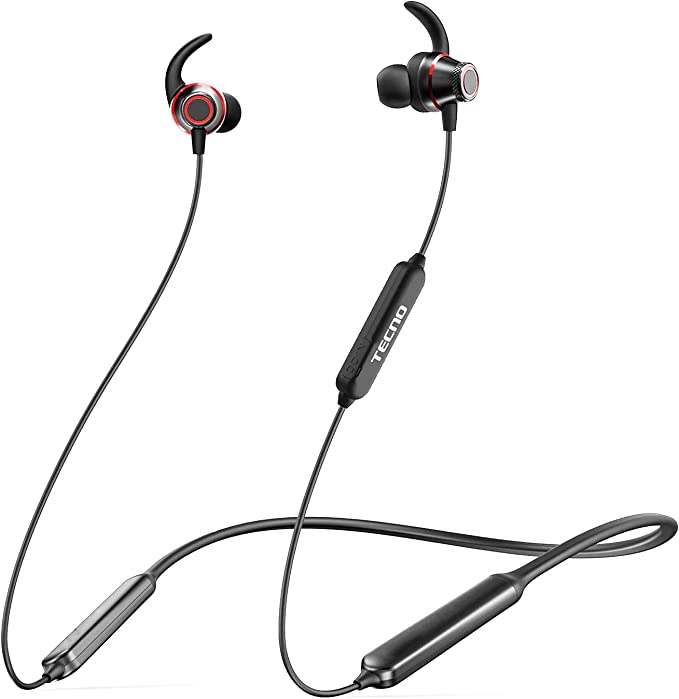Tribit FlyBuds 3S Wireless Earbuds: The Long-Lasting Wireless Earbuds with Audiophile Sound
Update on June 30, 2025, 4:34 p.m.
Every so often in the world of consumer electronics, you stumble upon a story that sounds more like a myth than a product review. I found one on the product page for the Tribit FlyBuds 3S, buried in an update from a user named James. He wrote that after leaving an earbud in his pocket, it went through a full cycle in both the washer and the dryer. And it still worked.
My first reaction was disbelief. My second, as an engineer, was intense curiosity. Was this a one-in-a-million fluke? Or was this accidental torture test revealing the true, hidden nature of this unassuming device? This wasn’t just a product anymore; it was a case study. So, let’s put it on the examination table and perform an autopsy, not of a dead product, but of a survivor.

The Anatomy of a Survivor: Decoding IPX8
The first clue to its incredible resilience lies in a small, often misunderstood line in its specs: IPX8 Waterproof. Let’s get something straight. This isn’t the same as “water-resistant” or “splash-proof,” terms that mean a device can handle a bit of sweat or a light rain. An IPX8 rating, as defined by the International Electrotechnical Commission (IEC), is the highest standard for liquid ingress protection. The ‘X’ means it wasn’t rated for dust, but the ‘8’ signifies it’s designed for continuous immersion in water, often deeper than one meter.
Think of it this way: most earbuds are built like a rain jacket, but these are built like a miniature submarine. To achieve this, engineers have to create a near-perfect seal. This is likely done through a combination of methods: precisely molded plastic shells that leave no gaps, pliable rubber gaskets or O-rings compressed into every seam to block water, and potentially even an invisible, hydrophobic nano-coating on the internal components themselves, acting as a last line of defense. This level of over-engineering is what separates a product that can handle a workout from one that can, apparently, survive the turbulent, detergent-filled chaos of a washing machine. The story from James starts to sound less like a miracle and more like the logical outcome of a deliberate design choice.

The Power Plant: Unpacking the 2600mAh Energy Tank
If its durability is its armor, its battery is its heart. The earbuds themselves offer a solid 8 hours of playtime, but the true marvel is the charging case. It holds a 2600mAh (milliampere-hour) battery. To put that in perspective, the iPhone 8 had a battery around 1821mAh. This case is, for all intents and purposes, a dedicated miniature power station.
Think of mAh as the volume of a fuel tank. A larger tank means you can travel much farther before needing to refuel. With this massive 2600mAh tank, the FlyBuds 3S case can fully recharge the earbuds over 18 times, culminating in that headline-grabbing 150 hours of total playtime. That’s more than six full, 24-hour days of non-stop audio. As reviewer “PotatoMan” aptly put it, the battery life is simply “ABSURD.” It transforms the user experience from one of constant charging anxiety to one of benign neglect; you can throw it in a bag and forget about charging it for weeks.
This massive energy reserve also explains the emergency power bank feature. It’s not a gimmick; it’s just physics. When you have that much energy stored in your pocket, letting it share a little with a dying phone is a logical, and brilliant, secondary use.

The Engineer’s Gambit: The Art of Honest Compromise
So, we have a product that’s built like a tank and runs for what feels like an eternity. What’s the catch? As with all things in engineering, it’s about compromise. The same user, James, who praised its durability was initially critical of its sound, noting it wasn’t great for listening to podcasts where vocal clarity is key. And he’s right. These are not audiophile earbuds.
Here’s where we see the “honest engineering” at play. At a budget-friendly price point, a design team has a finite “feature budget.” They can’t afford the best drivers, the most advanced audio processing chips, and a submarine-grade waterproof seal with a giant battery. They have to choose their battles. The engineers at Tribit made a clear decision: they would not compete for the best sound. Instead, they would create a product that solved the two most frustrating, tangible problems for active, everyday users: their gear dying and their gear breaking.

They allocated their budget to robust materials, meticulous sealing, and a massive battery cell. The result is a product that knows exactly what it is. It’s not pretending to be something it’s not. This isn’t a flaw; it’s a focused, intelligent, and refreshingly honest design strategy. It answers the question: for your daily run or commute, what’s more important—pristine hi-fi audio, or the certainty that your music won’t die and your earbuds will survive if you drop them in a puddle?

The Verdict: The Right Tool for the Job
After this “autopsy,” it’s clear the Tribit FlyBuds 3S is not a jack-of-all-trades. It’s a specialist, a master of endurance. It’s the Toyota Hilux of the earbud world—not the flashiest or most luxurious, but the one you’d trust to get you through the harshest conditions without fail.
So, the story of the earbud that survived the washing machine wasn’t a myth after all. It was a testament. It was proof that when engineers decide to focus with relentless, obsessive clarity on solving a problem, they can create something that far exceeds our expectations. It wasn’t a fluke. It was by design.
